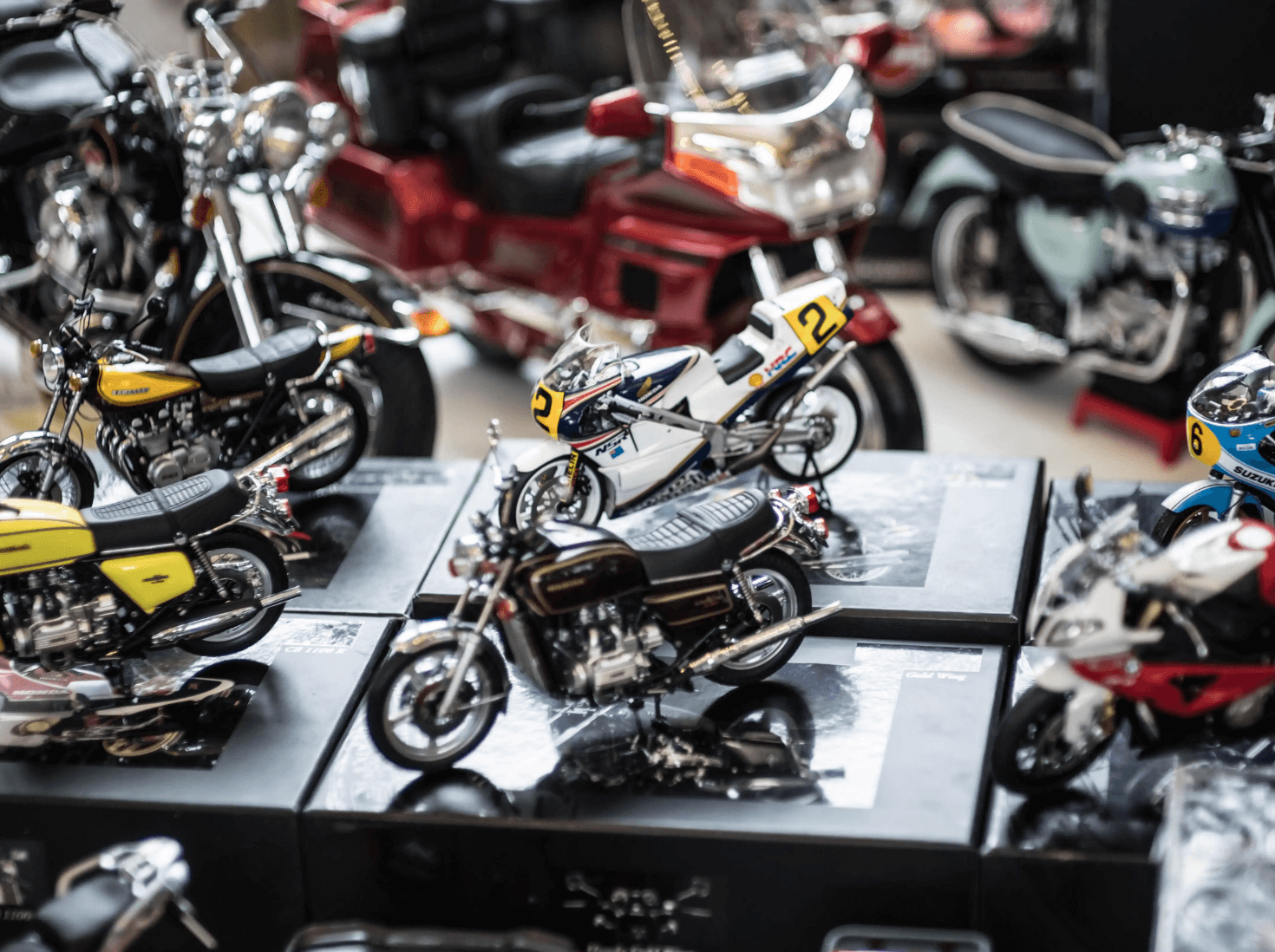Sure! Here is the first part of your soft article on "rc airplane servo control arms."
When it comes to flying RC airplanes, whether you’re a beginner or a seasoned pilot, the secret behind smooth, precise control lies in the intricate dance of components working together—none more crucial than the servo control arms. These tiny yet mighty parts are the unsung heroes of aeronautical finesse, translating electronic signals into the physical movements that steer your aircraft through the skies.

Understanding the role of servo control arms begins with appreciating what servos do. Servos are small, motorized units that rotate or move to execute commands from your transmitter. Think of them as the muscles behind your airplane’s control surfaces—ailerons, elevators, and rudders—that demand accurate, quick responses to commands during flight. The control arms are attached directly to the servo gear shaft, acting as levers that transfer motion to control linkages, ultimately changing the airplane’s attitude.
The importance of high-quality servo control arms cannot be overstated. They are the critical interface between the servo and the aircraft's control surfaces, dictating how precisely and smoothly your plane responds to your inputs. Even minor differences in control arm design can influence the flight experience significantly—affecting everything from control accuracy to overall stability.
In the realm of RC aviation, control arms come in many shapes, materials, and sizes, each engineered to suit specific aircraft types and pilot preferences. Some are simple plastic arms, affordable and lightweight, suitable for beginner aircraft or casual flying. Others are crafted from advanced materials like carbon fiber or aluminum, providing added durability, strength, and reduced flex during aggressive maneuvers.
Choosing the right control arms often comes down to balancing weight and strength. For instance, racing drones and high-performance RC planes demand control arms that can withstand intense stress without adding unnecessary weight. Conversely, for general recreational flying, standard plastic arms often suffice, offering ease of installation and cost-effectiveness.
Beyond material considerations, the shape and design of control arms influence control authority and response time. Shorter arms tend to provide more direct and responsive control but may exert more pressure on the servo gear. Longer arms offer greater torque multiplication at the expense of some responsiveness. Achieving a middle ground—or customizing control arm length—is a key step in tuning your RC aircraft's handling characteristics.
Maintenance plays a vital role in ensuring control arms perform their best over time. Regular inspections for cracks, wear, or looseness prevent unexpected malfunctions. Oiling moving parts and replacing worn components ensure your aircraft remains responsive and safe. When upgrading, some pilots opt for lightweight reinforced control arms or those with adjustable lengths to fine-tune their flight behavior.
Customizing control arms opens up a world of possibilities. Many hobbyists experiment with different materials and geometries, sometimes even fabricating their own control arms to meet specific performance goals. For example, composite control arms with reinforced joints can withstand higher stress levels, making them ideal for aerobatic or 3D flying. Meanwhile, adjustable control arms provide flexibility to fine-tune the control surface movement, giving pilots an edge in competitive flying or complex maneuvers.
In addition to hardware considerations, the integration of control arms with other components is essential. Proper linkage setup, including pushrods and connectors, influences control precision. Ensuring that movement is smooth, with minimal play, enhances reliability and flight quality. Many pilots also choose servo extension cables and high-torque servos alongside upgraded control arms to achieve responsive, crisp control, especially in larger or faster aircraft.
The evolving landscape of RC airplane technology continually inspires innovations in servo control arms. Manufacturers now offer ultra-lightweight, ultra-strong options designed for high-speed jets and scale models, blending aerodynamics with durability. Smart control arms with integrated sensors are also emerging, providing feedback for advanced stabilization and autopilot systems, bridging traditional RC flying with modern automation.
In conclusion, servo control arms might be small, but they are fundamental to your RC airplane’s performance. Whether you’re customizing your setup for top-tier aerobatics, improving control accuracy, or simply ensuring durability for endless flying sessions, selecting the right control arms is a vital step in your aircraft’s journey to the skies. Stay tuned as we delve deeper into the different types, materials, and maintenance tips that will help you maximize your RC airplane’s potential in the final part of this exploration.
Please confirm if you'd like me to proceed with Part 2 or make any adjustments!
Kpower has delivered professional drive system solutions to over 500 enterprise clients globally with products covering various fields such as Smart Home Systems, Automatic Electronics, Robotics, Precision Agriculture, Drones, and Industrial Automation.




































